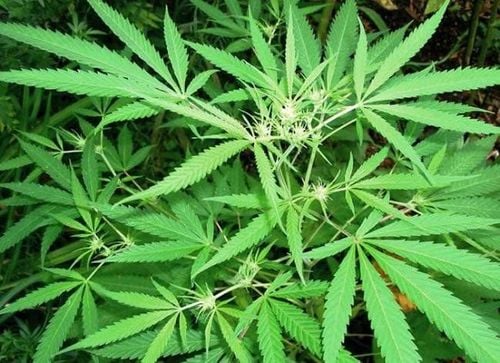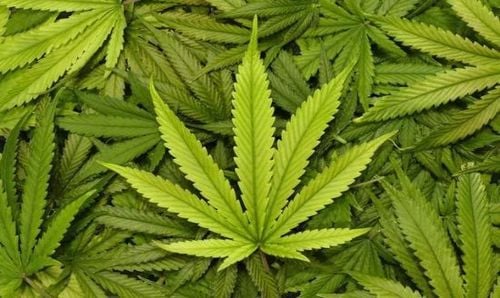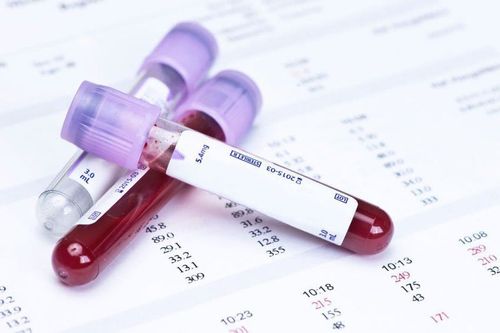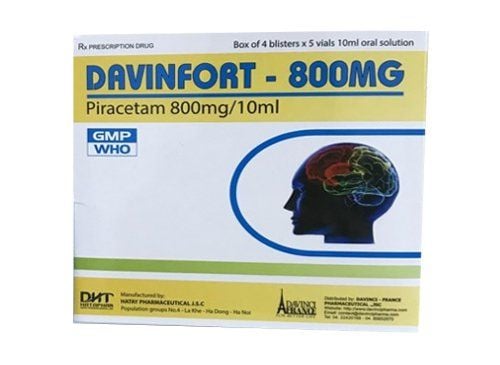This is an automatically translated article.
Cannabis is a drug derived from the hemp plant called Cannabis Sativa. Currently among young people using different names for the same cannabis derived from the Cannabis Sativa plant such as "bodhi", "bu", "grass", "talent", "pin" are used in the form of smoke, vape, snuff, drink or eat for personal gratification and entertainment. But cannabis has mind-altering compounds that affect both the brain and the body, thereby harming the health of the user.1. What is the addictive substance in marijuana?
The main, active ingredient in cannabis is THC (short for delta-9-tetrahydrocannabinol) found in the leaves and flowering parts of the cannabis plant. Stimulating the part of the brain that responds to pleasure, such as food and sex leads to the release of a substance called dopamine, giving the user a feeling of euphoria and relaxation.If used as a smoke or vape, THC can enter the bloodstream quickly enough for you to experience orgasm in seconds or minutes. THC levels usually peak in about 30 minutes and take 1-3 hours to wear off. If you drink or eat, it may take longer for you to be fully awake.
Cannabis comes in 3 main forms: Marijuana, Hash or Hashish and Hashish Oil.
Marijuana consists of the leaves and dried flowers of the cannabis plant (Cannabis). Of the three forms of cannabis, Marijuana contains the least amount of THC and is the least potent. Hashish or Hash is the resin of cannabis. Cannabis resin is dried and pressed into lumps. "Hash" is often mixed with tobacco to smoke, but can also be added to food to eat. Hash is stronger than marijuana. Hashish oil is a thickened oil made from Hash, which is the strongest cannabis product. Hashish oil is often applied on the tip of a cigarette or on the cigarette paper to smoke.

Thành phần chính, hoạt chất trong cần sa là THC được tìm thấy trong lá và các bộ phận ra hoa của cây cần sa
2. Medical marijuana
Currently, the FDA has only approved two drugs for use as medical marijuana: dronabinol (Marinol, Syndros) and nabilone (Cesamet), which are made from synthetic forms of the ingredients found in therapeutic cannabis. legitimate in the case of chemotherapy-induced nausea and vomiting when other treatments have failed. Dronabinol may also be used to treat anorexia associated with weight loss in people with AIDS.3. Some effects of cannabis on the body
3.1 To the brain Short-term effectsWhen smoking marijuana, THC quickly moves from the lungs into the bloodstream, carrying the chemical to the brain and other organs throughout the body. THC acts on brain cell receptors that normally respond to chemicals like THC in nature, which is a natural substance that plays a role in normal brain development and function. Marijuana over-activates the parts of the brain that contain the greatest number of these receptors, leading to "high" symptoms in users such as:
Altered senses (eg, seeing color). brighter) Change in perception of time Mood changes Impaired movement Difficulty thinking and problem solving Memory impairment Hallucinations (when in high doses) Delusions (when in high doses) Disorders Psychiatric (risk is highest with strong cannabis use) Long-term effects
Cannabis also affects brain development. When people start using marijuana as teenagers, the drug can impair thinking, memory, learning, and affect how the brain builds connections between brain areas. . Researchers are continuing to study how long the effects of marijuana last and whether the changes are permanent.
3.2 To physical health Respiratory problems. Cannabis smoke irritates the lungs of regular marijuana smokers who can have the same breathing problems as cigarette smokers. These problems include a daily cough and sputum production, increased susceptibility to lung diseases, and a higher risk of lung infections. Researchers have so far not found a higher risk of lung cancer in marijuana smokers. Increase heart rate. Cannabis increases heart rate for 3 hours after smoking leading to increased risk of heart attack. The elderly and those with heart problems may be at higher risk. Problems with child development during and after birth. Experts warn that cannabis use during pregnancy has been linked to low birth weight babies and increased risk of brain and behavioral problems in babies as the drug can affect some the developing brain of the fetus. Children exposed to marijuana in the womb have an increased risk of problems with attention, memory, and problem-solving compared to children without exposure. Some studies also show that the amount of THC is excreted in breast milk, when the mother smokes marijuana every day and the baby is breastfed from these mothers, the THC passed to the baby can reach the amount that affects the brain. developing set of children.
Severe nausea and vomiting. Regular, long-term cannabis use can lead to some people developing Hyperemesis Cannabinoid Syndrome, which causes frequent nausea, vomiting, and dehydration, sometimes requiring hospitalization for treatment.

Sử dụng cần sa thường xuyên, lâu dài có thể dẫn đến một số người phát triển Hội chứng Hyperemesis Cannabinoid, khiến người dùng buồn nôn, nôn và mất nước thường xuyên
Temporary hallucinations Temporary delusions Worsening of symptoms in schizophrenic patients with symptoms such as hallucinations, delusions, and thought disturbances.
Cannabis use has also been linked to other mental health problems such as depression, anxiety, and suicidal thoughts in adolescents.
Please dial HOTLINE for more information or register for an appointment HERE. Download MyVinmec app to make appointments faster and to manage your bookings easily.
Article references sources: drugabuse.gov, mayoclinic.org, webmd.com












